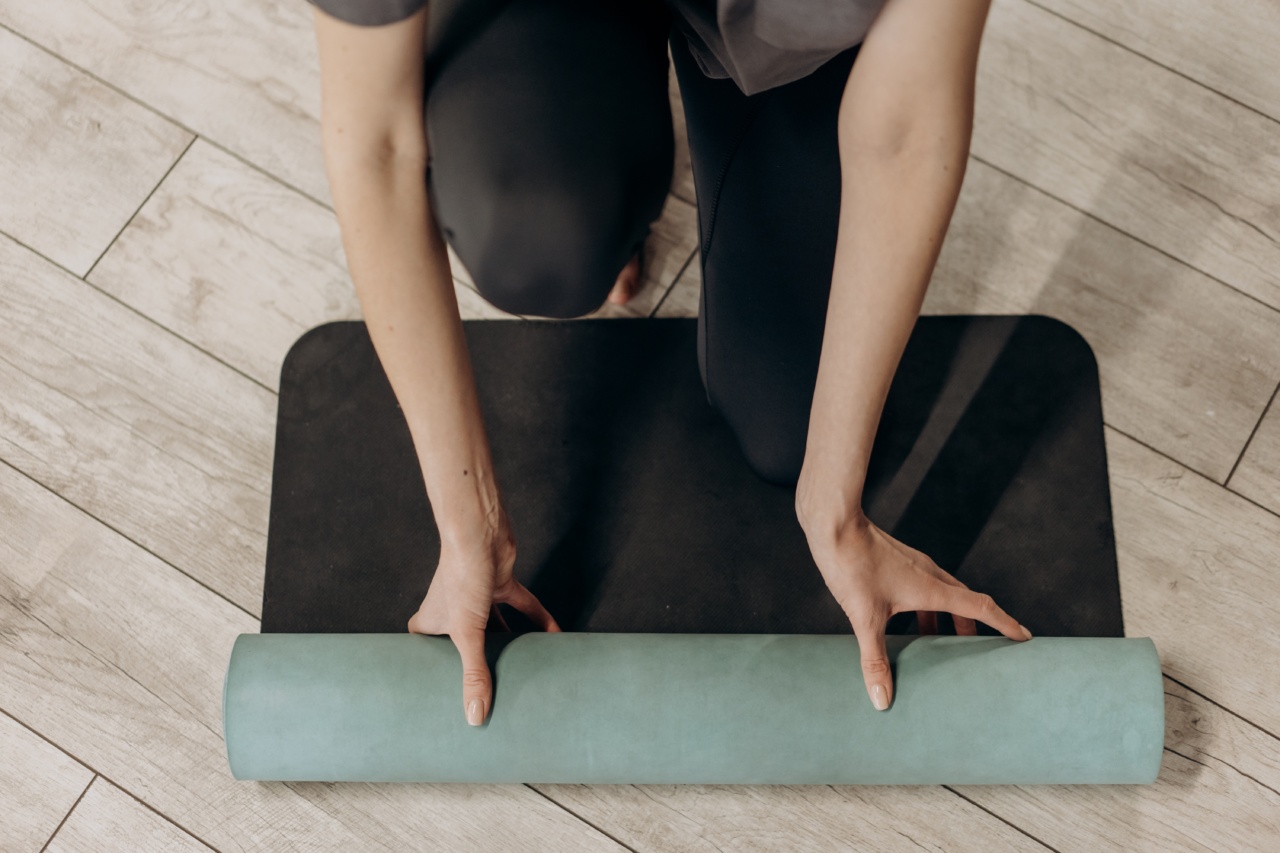Hydrotherapy, also known as water therapy, has been used for centuries to restore the body and mind. It involves using water in different forms, temperatures, and pressures to promote healing and relaxation.
Many people turn to hydrotherapy to relieve pain, improve circulation, reduce stress, and more. In this article, we’ll explore the benefits of hydrotherapy and how it can help restore your body and mind.
What is Hydrotherapy?
Hydrotherapy is the use of water for therapeutic purposes. It can include immersion in water, such as in a bath or hot tub, or the use of water in different forms, such as steam, ice, or water jets.
Hydrotherapy can be used to alleviate a range of conditions, including arthritis, back pain, muscle and joint problems, and stress-related conditions.
Types of Hydrotherapy
There are different types of hydrotherapy that can be used to restore the body and mind. Some of the most common types include:.
1. Hot Water Baths
Hot water baths are a popular form of hydrotherapy that involve immersing the body in hot water. The heat can help to increase circulation, relax muscles, and promote relaxation.
Hot water baths can be particularly helpful for those with arthritis or muscle and joint pain.
2. Cold Water Therapy
Cold water therapy involves immersing the body in cold water or applying cold water to specific areas of the body. It can help to reduce inflammation, alleviate pain, and promote healing.
Cold water therapy can be particularly helpful for those with sore muscles or injuries.
3. Steam Baths
Steam baths involve sitting in a steam room or sauna to inhale steam. The heat and humidity can help to open up the airways, promote relaxation, and improve circulation.
Steam baths can be particularly helpful for those with respiratory problems or skin conditions.
4. Water Massage
Water massage involves using water jets to massage specific areas of the body. It can help to improve circulation, reduce muscle tension, and promote relaxation. Water massage can be particularly helpful for those with muscle or joint pain.
5. Contrast Hydrotherapy
Contrast hydrotherapy involves alternately immersing the body in hot and cold water. It can help to improve circulation, reduce inflammation, and promote healing.
Contrast hydrotherapy can be particularly helpful for those with arthritis or muscle and joint pain.
Benefits of Hydrotherapy
Hydrotherapy offers many benefits for the body and mind. Some of the most common benefits include:.
1. Pain Relief
Hydrotherapy can be an effective way to alleviate pain. The heat from hot water baths or steam rooms can help to relax muscles and reduce inflammation, while the cold from cold water therapy can help to numb pain and reduce swelling.
2. Improved Circulation
Hydrotherapy can help to improve circulation by dilating blood vessels and increasing blood flow. This can help to reduce the risk of heart disease and stroke, as well as relieve symptoms of conditions such as arthritis and varicose veins.
3. Stress Relief
Hydrotherapy is a great way to promote relaxation and reduce stress. The warm water, massage, and steam can help to calm the body and mind, promoting a sense of wellbeing and reducing feelings of anxiety and depression.
4. Rehabilitation
Hydrotherapy can be an effective form of rehabilitation for those with injuries or disabilities. The water provides a low-impact environment for exercise, allowing for improved mobility and strength without putting stress on the joints.
5. Improved Skin
Hydrotherapy can help to improve the health of the skin by promoting circulation and detoxification. The hot water and steam can help to open up the pores, allowing for a deeper cleanse, while the cold water can help to tone and tighten the skin.
Risks of Hydrotherapy
While hydrotherapy can offer many benefits, there are also some risks to be aware of. These include:.
1. Burns
Hot water baths and steam can cause burns if the temperature is too high or if the skin is left in contact with the heat for too long.
2. Dehydration
Hydrotherapy can cause dehydration, particularly if the individual is sweating excessively or spending extended periods of time in hot water or steam rooms.
It is important to stay hydrated by drinking plenty of water before, during, and after hydrotherapy sessions.
3. Infection
Hydrotherapy facilities can be a breeding ground for bacteria, particularly if the equipment is not properly maintained. It is important to choose a reputable facility and to ensure that equipment is properly cleaned and disinfected between uses.
4. Risk for Pregnant Women
Hydrotherapy can increase the risk for pregnant women, particularly in the first trimester. It is important to talk to a healthcare provider before engaging in hydrotherapy during pregnancy.
Conclusion
Hydrotherapy can be a wonderful way to restore the body and mind. By using water in different forms, temperatures, and pressures, hydrotherapy can help to alleviate pain, improve circulation, reduce stress, and more.
However, it is important to be aware of the risks and to choose a reputable facility when engaging in hydrotherapy. With the right precautions, hydrotherapy can offer many benefits for overall health and wellness.































